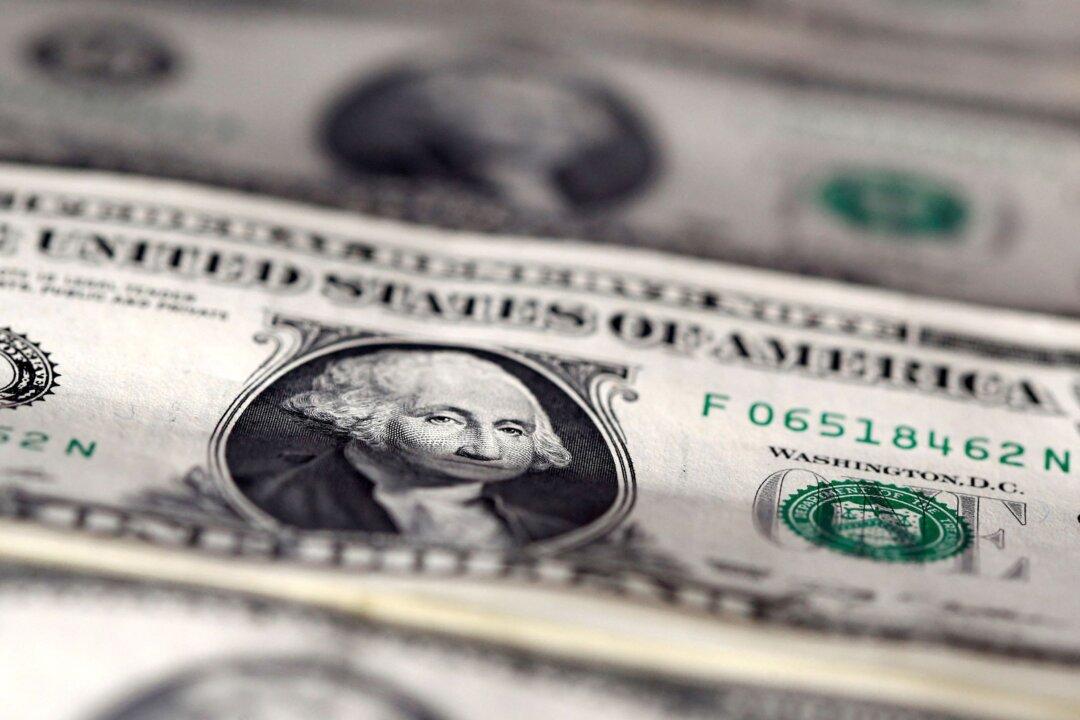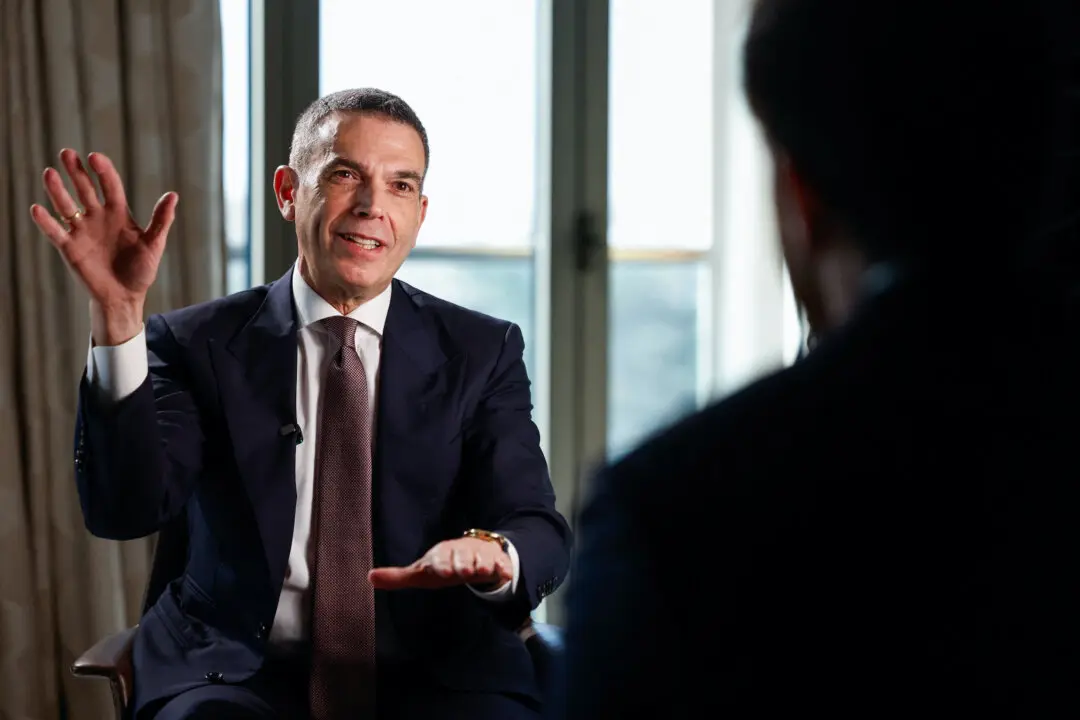LONDON—The dollar’s rebound extended for a third day on Wednesday after some Federal Reserve policymakers left the door open to further rate hikes, as traders looked to a speech from Chair Jerome Powell on the central bank’s future policy path.
The greenback, which hit a seven-week low at the start of the week in the wake of the Fed’s decision to hold its policy rate steady and on data pointing to a cooling U.S. labour market, has found a floor as markets remain at odds over whether a peak in U.S. rates has been reached and how soon the Fed could begin easing monetary conditions.





